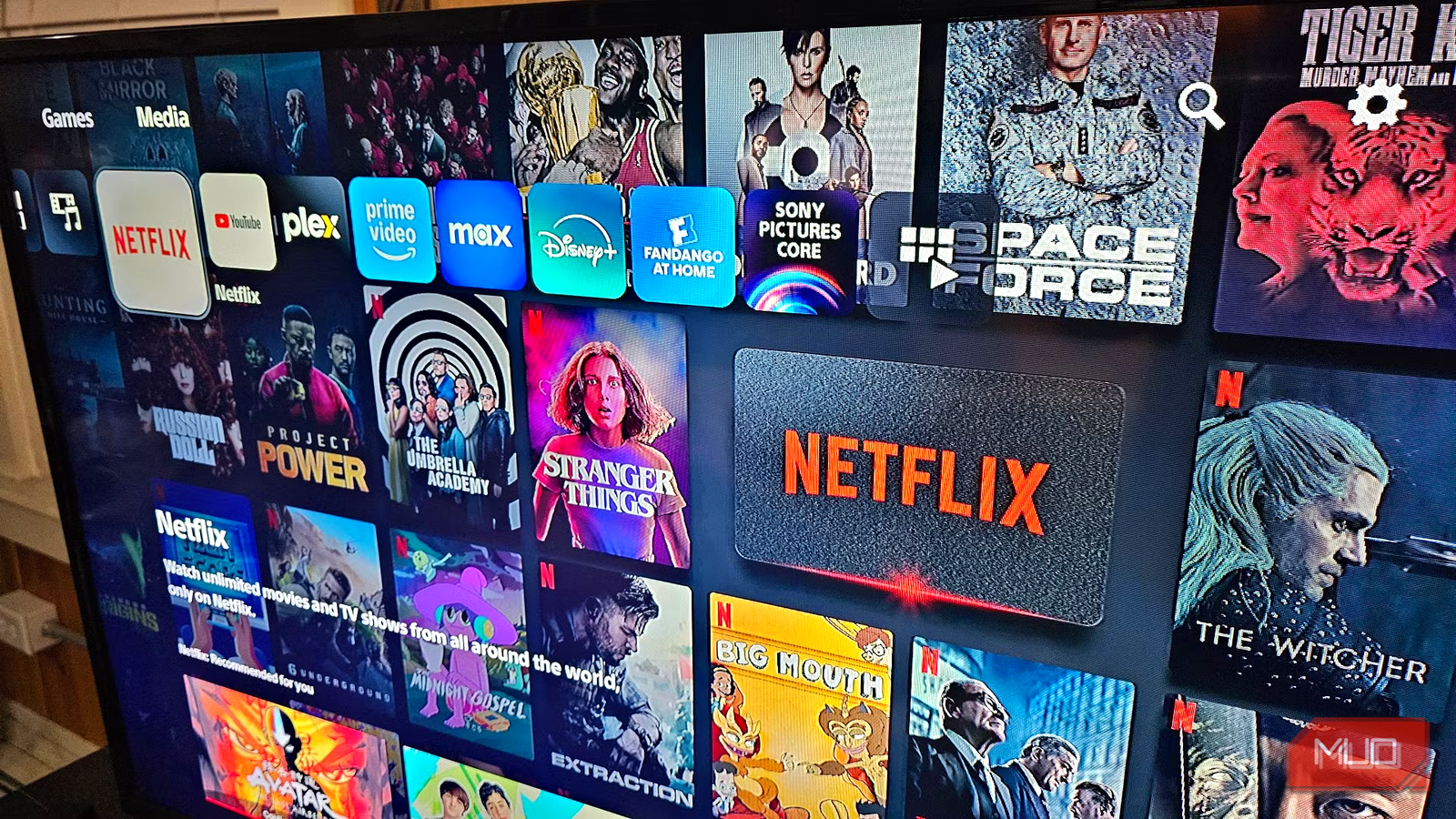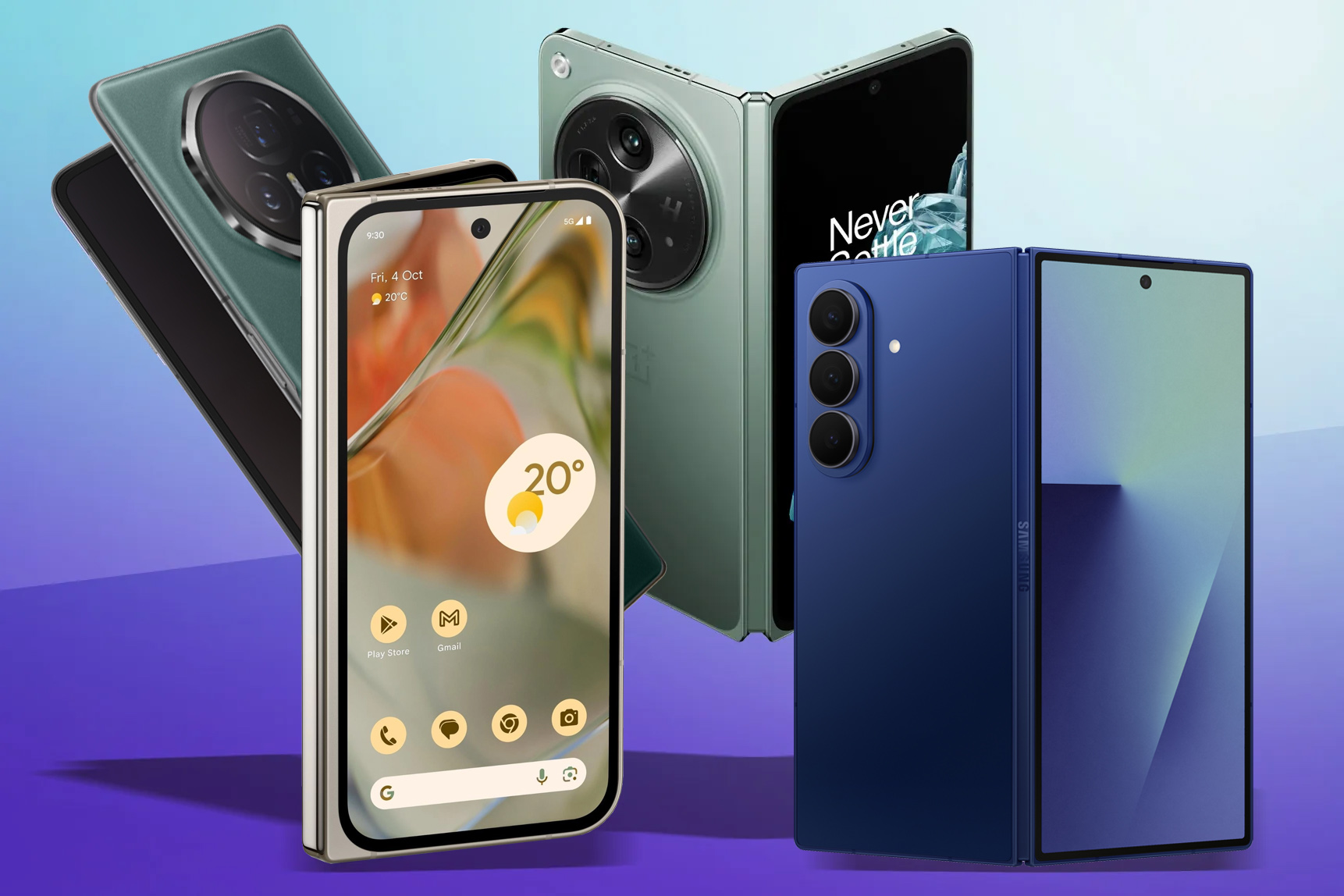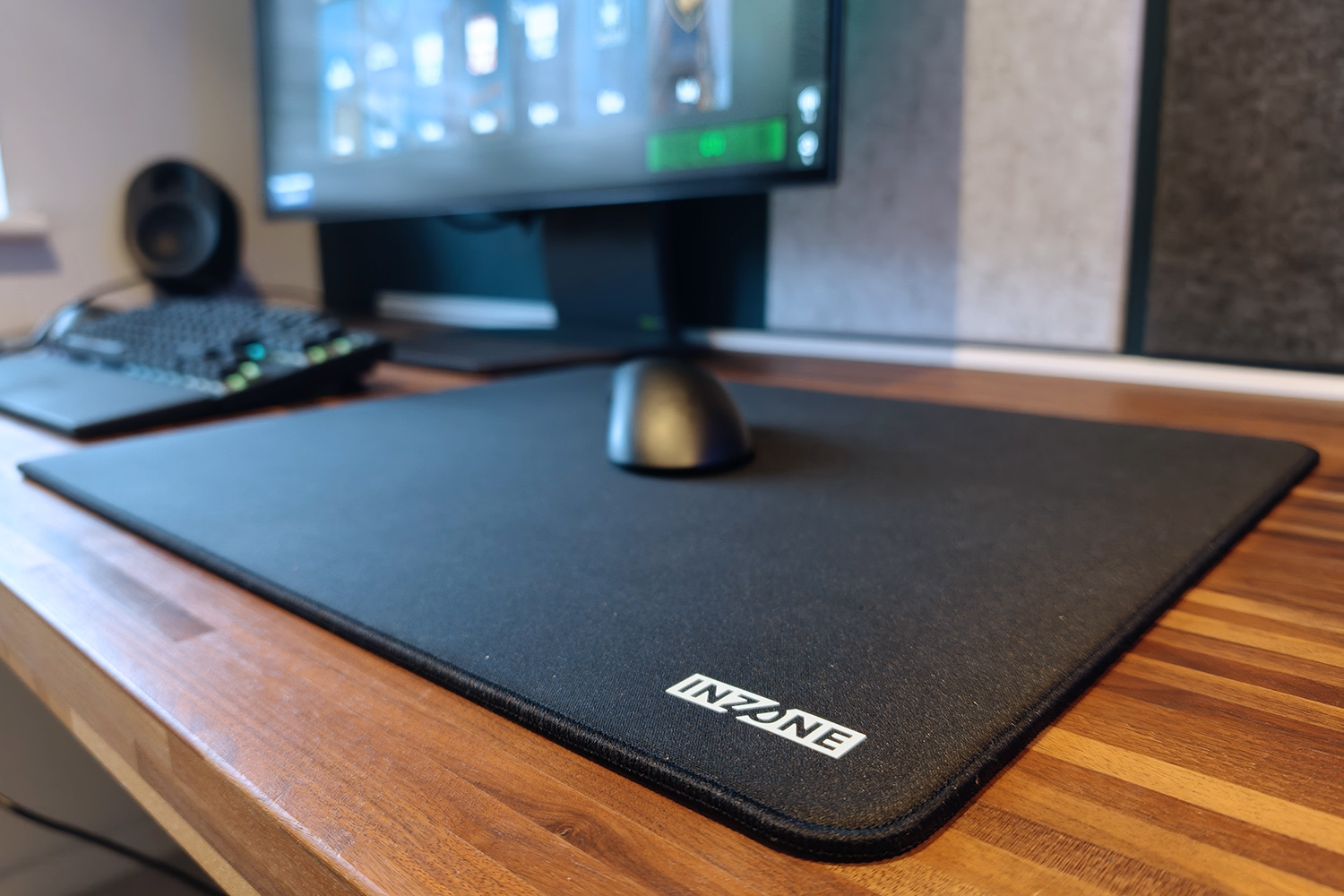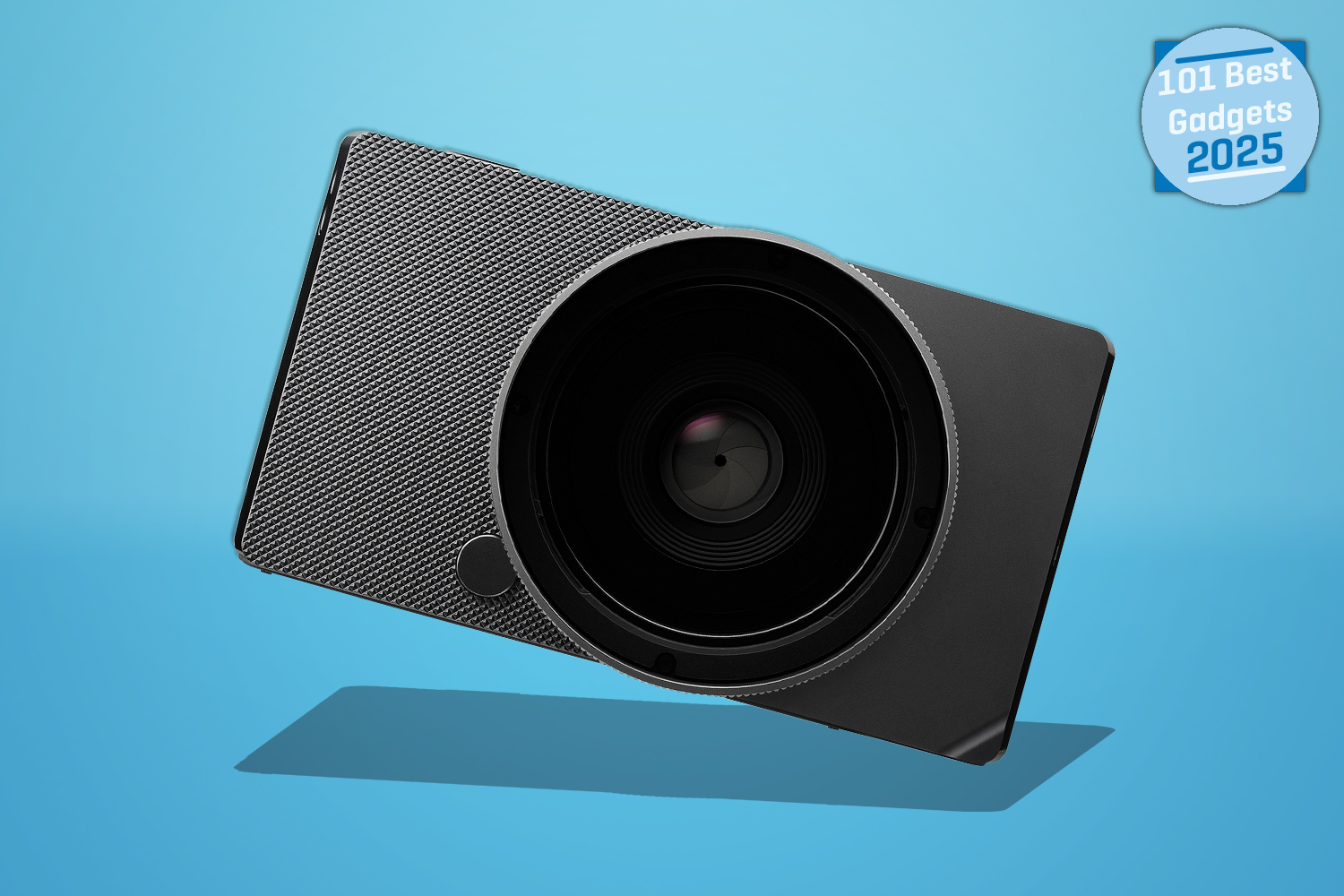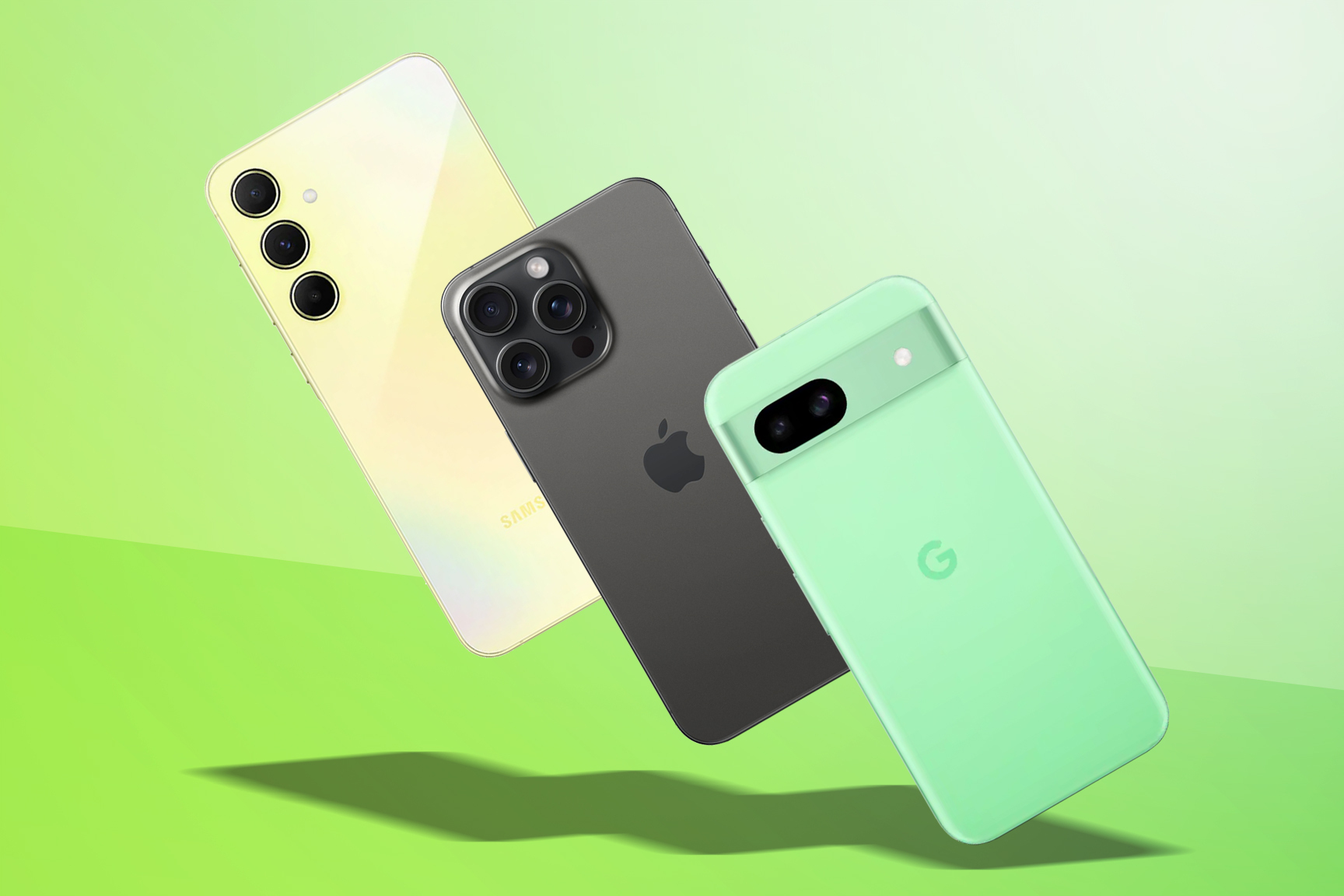Smartphones that transform into sizeable tablets used to be pure sci-fi… but now bendable screens are our tech reality. Besides the obvious wow factor, these book-style foldables offer innovative flexibility that could change the way you use your mobile – while also packing in hardware to rival the best phones with more traditional form factors.
Think folding phones are just a hinged gimmick? Think again. The best foldable phones are about as versatile as handsets get, even if they almost exclusively come at prices that make regular flagships look cheap. We’ve tested them all to work out which is best, and highlighted the upcoming foldable models to look out for.
Maybe you’d prefer a more compact clamshell foldable? Read all about the best flip phones here.
Why you can trust Stuff: Our team of experts rigorously test each product and provide honest, unbiased reviews to help you make informed decisions. For more details, read how we test and rate products.
Quick list: what is the best foldable phone?
The best foldable phones you can buy today:

1. Samsung Galaxy Z Fold 7
| Samsung Galaxy Z Fold 7 specs | |
| Screen | 6.5in, 2520×1080 120Hz AMOLED (outer) 8in, 2184×1968 120Hz AMOLED (inner) |
| CPU | Qualcomm Snapdragon 8 Elite for Galaxy |
| Memory | 12/16GB |
| Cameras | 200MP + 10MP telephoto + 12MP ultrawide rear 10MP front 10MP inner |
| Storage | 256GB/512GB/1TB |
| Operating system | Android 16 w/ OneUI |
| Battery | 4400mAh w/ 25 wired, 15w wireless charging |
| Dimensions | 158x143x4.2mm (unfolded) 158x73x8.9mm (folded) |
| Weight | 215g |
After years of iterative updates, the Galaxy Z Fold 7 shocked the tech world when it arrived in July 2025. Samsung had finally listened, slimming the book-style folder down to phenomenally svelte proportions, and ditching the overly skinny outer screen for one with a much more usable aspect ratio. Inheriting the 200MP lead camera from the S25 Ultra non-folding flagship also instantly propelled it to the top of the foldable photography leaderboard, even if the 3x zoom lens didn’t see any upgrades.
While Samsung still needs to get its act together on battery chemistry and capacity, this is still a phone that’ll last all day – and has impressive potency thanks to a Snapdragon 8 Elite for Galaxy chipset. A bulging selection of AI-assisted apps and the first phone to run Android 16 out of the box help it impress in daily use, too.
Ultimately it’s Samsung’s worldwide presence that’ll make this the book-style foldable of choice for many – only now it doesn’t feel like you’re buying one because you have no other options. This is a fantastic folding phone, even if you live somewhere that’s spoiled for choice by other brands.
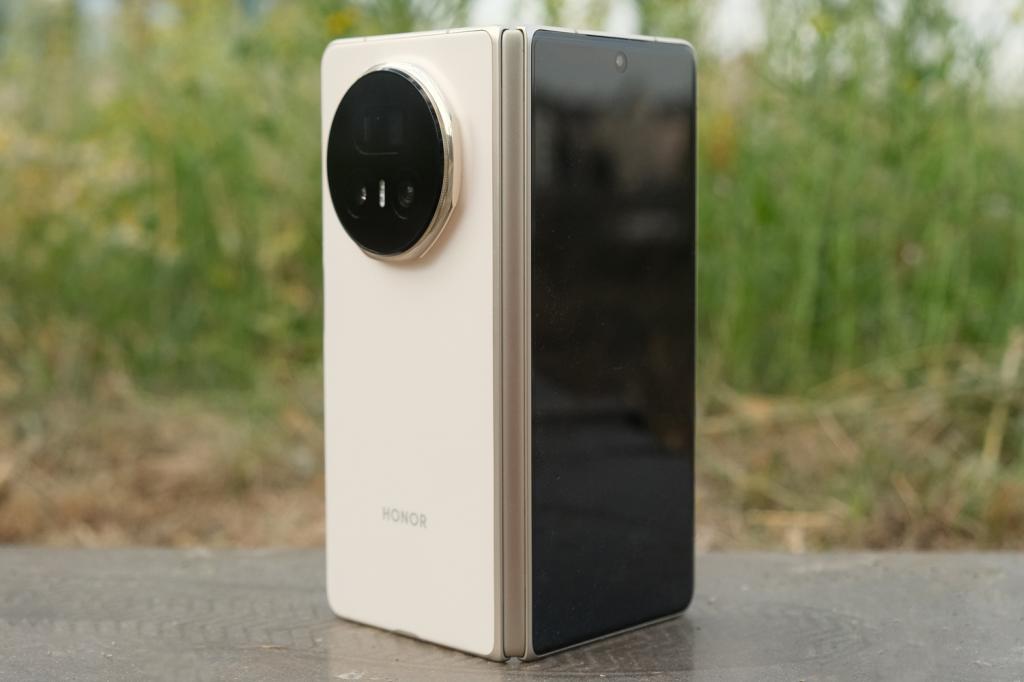

2. Honor Magic V5
| Honor Magic V5 specs | |
|---|---|
| Screen | 6.43in 2376×1060 120Hz OLED (outer) 7.95in 2352×2172 120Hz OLED (inner) |
| Processor | Qualcomm Snapdragon 8 Elite (8-core) |
| RAM | 16GB |
| Storage | 512GB |
| Software | Android 15 |
| Cameras | 50+50+64MP rear, 20MP inner, 20MP front |
| Battery | 5820mAh |
| Dimensions | 157x146x4.1mm (unfolded) 157x74x8.8mm (folded) |
| Weight | 217g |
Honor raised the bar for slimness with the last-gen Magic V3, and did so again with the Magic V5 – even if it probably didn’t expect Samsung to practically match it less than a month later. That doesn’t take away from the fact the Magic V5 is a wonderfully svelte handset, being just 8.8mm when folded and weighing only 217g. Essentially it feels like a non-folding flagship when in your pocket, but unfurls to show off a gorgeous 7.95in inner screen that’s ideal for multimedia and productivity.
The firm still has some work to do on making its software as slick as the competition, but the V5 has a commanding lead on battery life thanks to silicon-carbon chemistry dramatically boosting capacity. It also takes excellent photos courtesy of a trio of high pixel count cameras. Factor in the price – which undercuts both Samsung and Google even before you consider Honor’s regular, generous discounts – and this is one seriously appealing foldable.
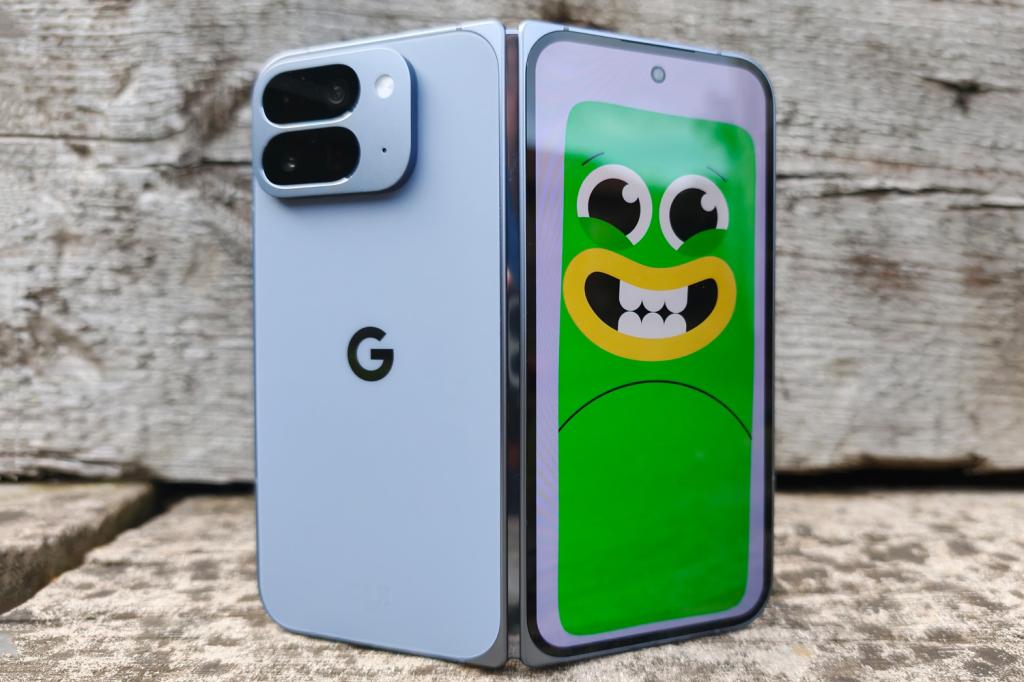

3. Google Pixel 10 Pro Fold
| Google Pixel 10 Pro Fold specs | |
|---|---|
| Screen | 6.4in, 2364×1080 OLED w/ 120Hz (outer) 8.0in, 2152×2076 OLED w/ 120Hz (inner) |
| Processor | Google Tensor G5 |
| RAM | 16GB |
| Storage | 256GB/512GB/1TB on-board |
| Software | Android 16 |
| Cameras | 48MP+10.8MP+10.8MP (rear), 10MP+10MP (front) |
| Battery | 5015mAh |
| Dimensions | 155x150x5.2mm (unfolded) 155x76x10.8mm (folded) |
| Weight | 258g |
The Pixel 10 Pro Fold doesn’t look all that different from the previous generation, which was a little surprising given rivals had suddenly embraced slimness. It’s bigger and heavier than Honor and Samsung’s efforts, but makes up for it with a more robust IP68 resistance rating, and the addition of Qi2. No other foldable has magnetic wireless charging on board.
A new generation of Tensor silicon, with boosts to Gemini AI processing and better power efficiency, is the hardware highlight, while battery capacity has grown enough to keep it competitive. The rear camera arrangement hasn’t really changed, so the gap to the competition is narrower than ever, but improved picture processing (and some clever AI-based composition tips) keep it at the top of the foldable pile.
What other folding phones are available?
Western audiences don’t have a huge selection of foldable phones to choose from, but it’s a different story in Asia. These are the most recent ones worth talking about:
Huawei has the most foldable variety of any brand, Chinese or otherwise. There’s the Mate X6, an ultra-slim foldable with a trio of rear camera lenses, including a periscope telephoto – still a rarity in this category. It’s well-made and has stunning screens. The Pura X toes the line between flip and foldable form factors, with much larger screens than a typical clamshell. There’s also the Mate XT, a first of its kind three-fold phone that’s jaw-droppingly cool – but super expensive. And while the firm is banned from using Western hardware or software, there’s little incentive to release it outside of China.
The Vivo X Fold5 launched in China in July 2025, with a typically giant battery and three high pixel count rear cameras. There’s no Pro variant this year, and the differences between generations are pretty minor.
Xiaomi might have a big presence in Europe, but the Mix Fold 4 remains China-only for now. It’s super-slim, lasts an impressively long time per charge, and takes wonderful photos. The region-specific software could be a headache for anyone wanting to import one, though.
Finally the Tecno Phantom V Fold2 is the most affordable book-style foldable around. MediaTek power and a set of rear cameras that are merely decent show how the firm managed to keep costs in check, as does the slightly thicker build. But it does well to keep its screen crease subtle, and you can’t argue with the price.
Upcoming foldable phones
Want to wait and see what the next generation of foldable phones bring to the table? These models should all arrive to take on the established class leaders… eventually.
Now that Samsung has launched the Z Fold 7, all attention is turning to the firm’s first tri-fold device. Expected to be called the Galaxy G Fold, it could see an official announcement before the end of 2025 – though don’t expect it to go on sale any time soon. A drip-feed launch along the lines of the Galaxy S25 Edge is expected.
Apple is also widely believed to be working on its first foldable – some consider the iPhone Air a test bed for the sort of slim dimensions needed to compete with the ultra-skinny Android offerings – but it’s very unlikely to see the light of day before September 2026.
Recent updates
15th October 2025: Google Pixel 10 Pro Fold, Honor Magic V5 added, China-specific phones list refreshed with latest models



